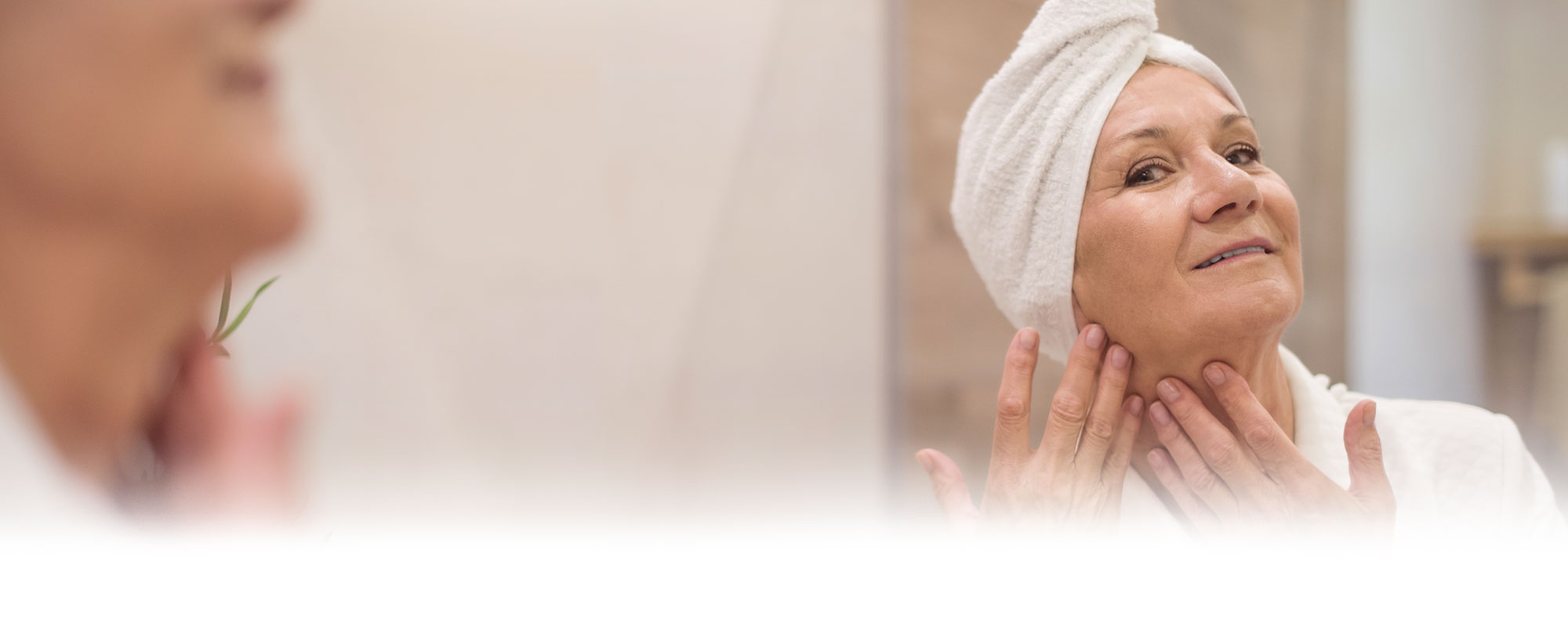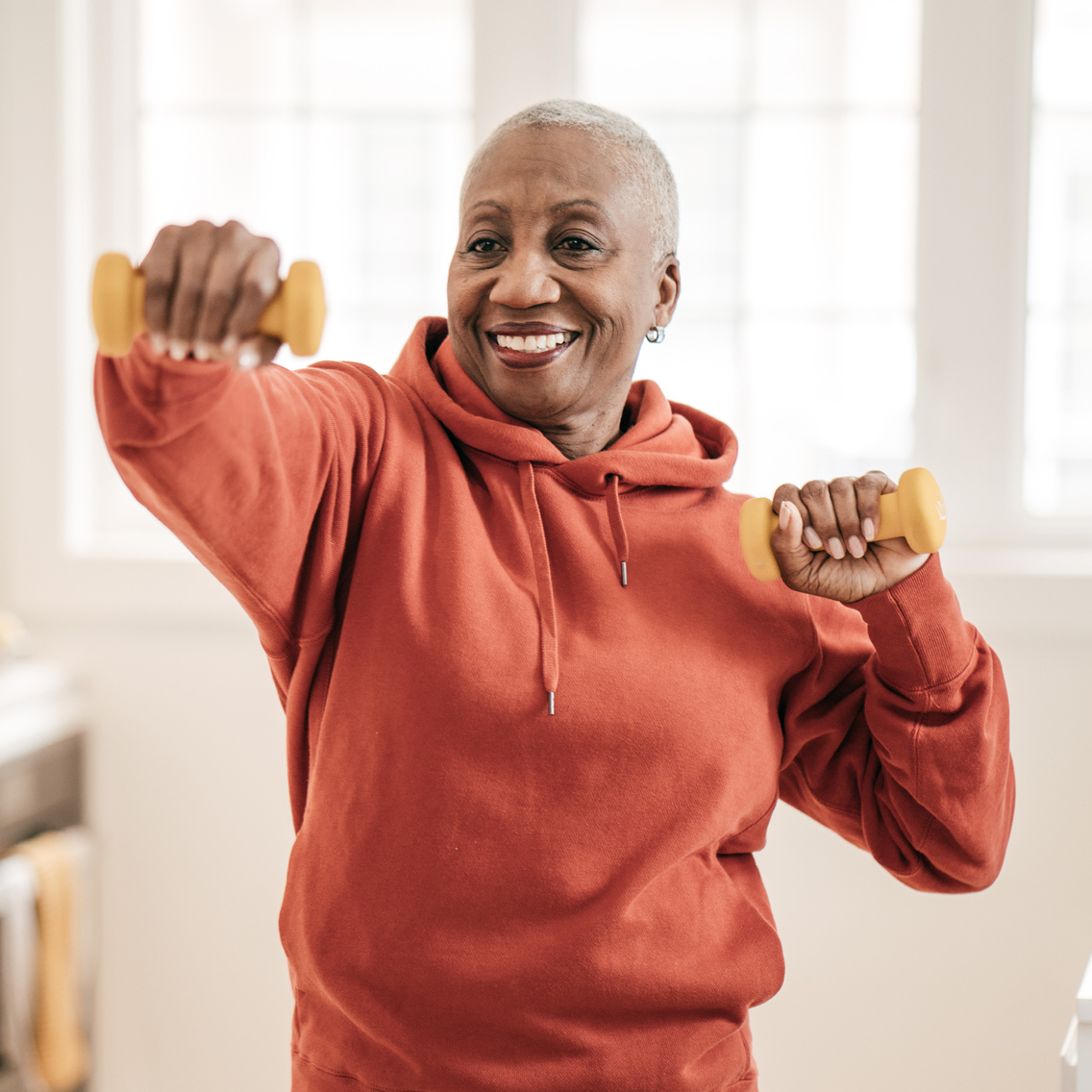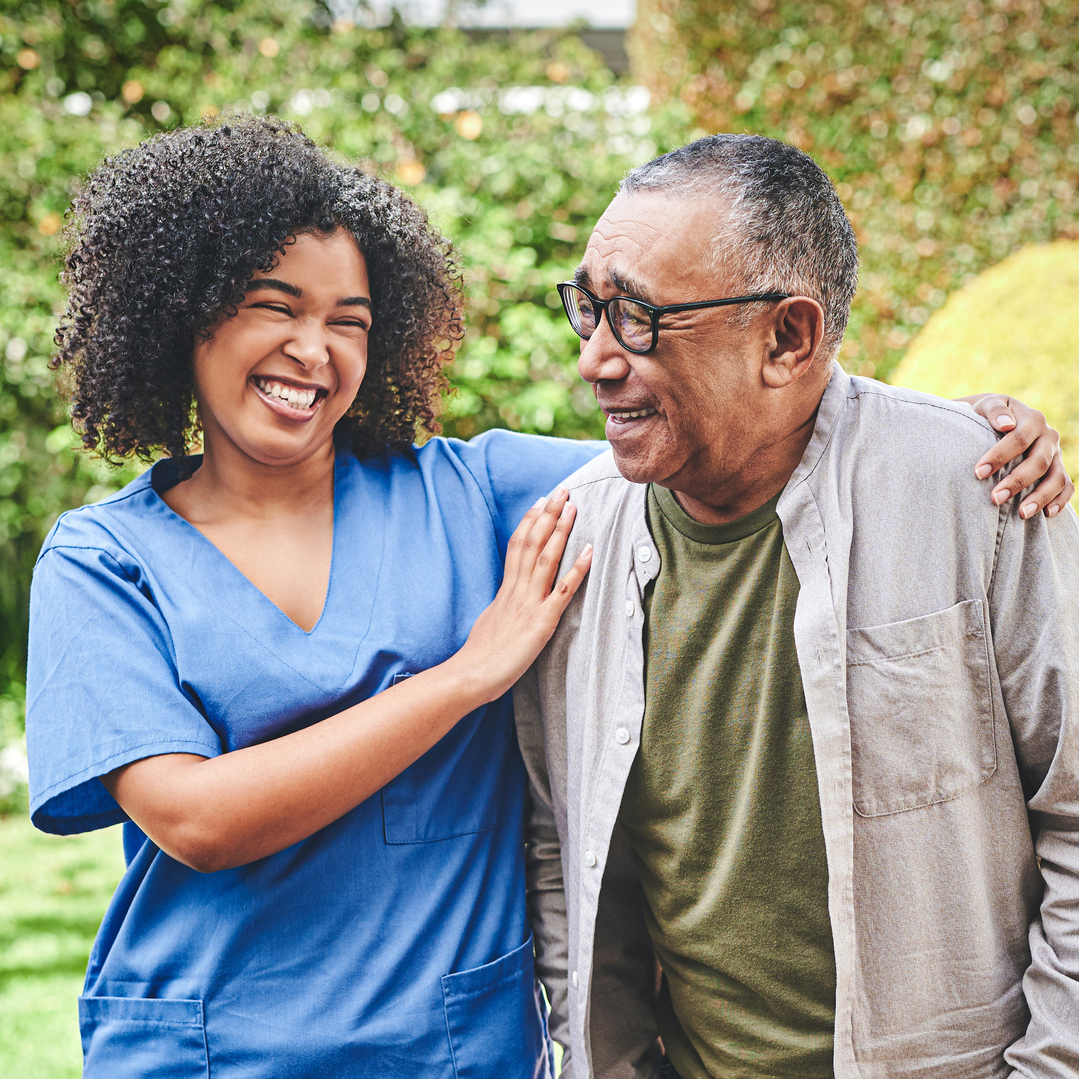While showering is a relaxing part of the day for many, for those with COPD it can cause anxiety and discomfort by making shortness of breath worse. The good news is that there are simple strategies you can use to help turn showering into a more comfortable experience.
Bathroom Modifications
Preparing for showers starts with setting up your bathroom to limit unnecessary movement. In addition to costing energy, some movements like bending over can make shortness of breath worse.1 Take time before your shower to make sure you won’t have to move, bend, or reach as much. This preparation can include choosing a handheld showerhead, arranging your toiletries so they’re within easy reach, and using a shower chair or bench to stay seated.
Starting Your Shower Right
As you are beginning your shower routine, there are steps you can keep in mind to make the process easier. First, if you are using oxygen, you can continue to use it when showering after checking if you need an extension to comfortably move.1
You can also try to take your shower at a time of day when your symptoms are typically better. Symptoms like shortness of breath can become worse in the steam and humidity of the shower. To help, make sure the water is not too hot, turn on your bathroom exhaust or a fan, and open a window or door to keep the room well-ventilated.

“Before valves, taking a shower was very scary. I had to turn my oxygen to 4.5 liters, and it still wasn’t enough. Now I shower without oxygen and put it back on after my shower.”
– Beverly, a Zephyr® – Donald, a Zephyr® Valve treated patient. Read his story here.
The Zephyr Valve treatment is a minimally invasive procedure designed to help improve breathing for severe COPD/emphysema patients.
Managing Shortness of Breath
If you experience shortness of breath in the shower despite taking precautions, there are ways to manage your symptoms. Taking breaks if you feel tired and using pursed-lip and diaphragmatic breathing can help you catch your breath.1 Having a shower chair is helpful in these moments, but using grab bars can also provide support and stability.
After the Shower
After you finish your shower, having a robe to dry instead of using a towel can be helpful. Putting on a robe takes less effort than using towels, so you can start resting right after showering.2 You should also make sure there’s time after your shower to recover your energy before other activities.
Showering can be a stressful activity if you have COPD, but by incorporating some of these simple steps you may be able to reduce the anxiety it causes, manage breathlessness, and enjoy a more comfortable showering experience.
Links:
US-EN-1940-v1







 If you do not see an email from “Val at Zephyr Valve” in your inbox within 15 minutes of signing up, go to your “Spam” folder within Gmail. (You may have to click "More" to see the Spam folder.) Select the email from "Val at Zephyr Valve."
There will be a gray box at the top that says “Why is this message in spam?” Click the “Report Not Spam” button. This will move the email to your inbox.
If you do not see an email from “Val at Zephyr Valve” in your inbox within 15 minutes of signing up, go to your “Spam” folder within Gmail. (You may have to click "More" to see the Spam folder.) Select the email from "Val at Zephyr Valve."
There will be a gray box at the top that says “Why is this message in spam?” Click the “Report Not Spam” button. This will move the email to your inbox. Go back to your inbox and open the email. Click on the icon next to “Val at Zephyr Valve”, you’ll see a person icon with a “+”. Click that, and you can add Val to your Contacts list. If you don’t receive a second email from us in a few days, please check your Spam folder again.
Go back to your inbox and open the email. Click on the icon next to “Val at Zephyr Valve”, you’ll see a person icon with a “+”. Click that, and you can add Val to your Contacts list. If you don’t receive a second email from us in a few days, please check your Spam folder again.
